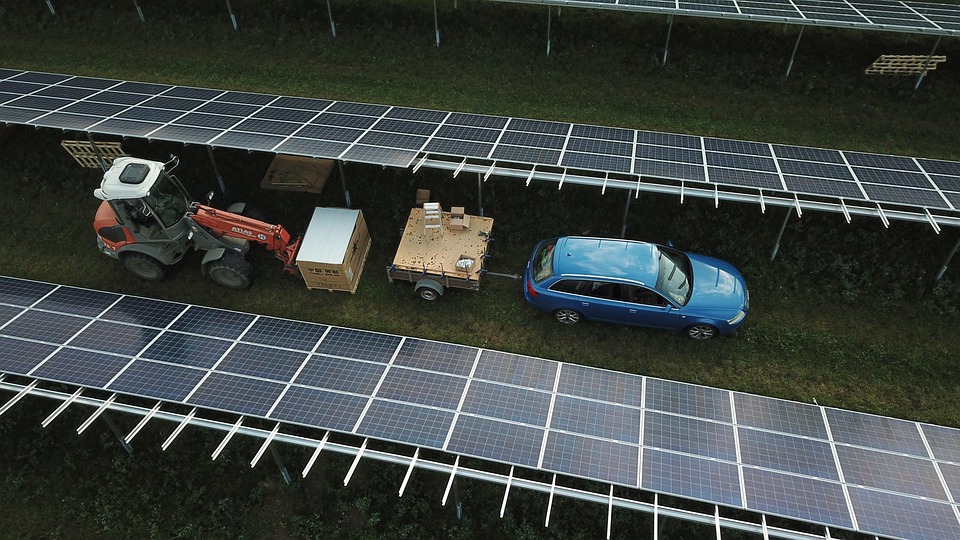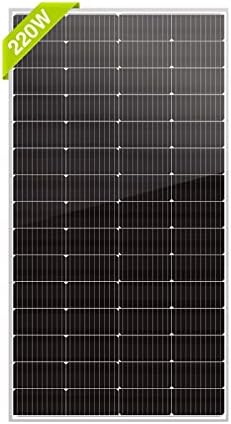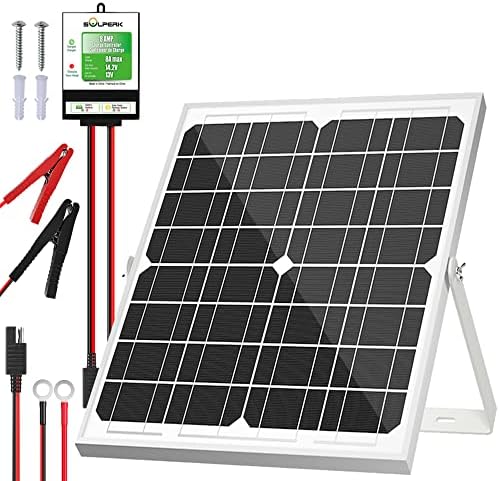# Evaluating All Options: A Comprehensive Comparison of Solar Panel Types
When the sun peeked over the treetops one crisp autumn morning, it illuminated more than just the forest; it ignited a passion for sustainable living. I recall the excitement of standing in front of my first solar panel installation, feeling like a pioneer of a new age. This moment wasn’t just about harnessing the power of the sun; it was about choosing freedom. Freedom from utility bills, dependence on fossil fuels, and the satisfaction of treading lightly on the Earth. In my quest for energy independence, I discovered that not all solar panels are created equal. Let’s explore the different types, compare their features, and help you pick the best option for your solar journey!
## Understanding Solar Panel Types
Solar panels primarily fall into three categories: monocrystalline, polycrystalline, and thin-film. Each type has its unique advantages and limitations, catering to different needs and circumstances. Let’s dive deeper into each category to see how they stack up against each other.
### 1. Monocrystalline Solar Panels
**Overview:**
Monocrystalline solar panels are widely known for their high efficiency and sleek aesthetics. They are made from a single crystal structure and typically utilize silicon.
**Pros:**
– **High Efficiency:** These panels tend to have the highest efficiency rates, often between 15% and 22%. If you’re tight on space, this is a great option.
– **Longevity:** The lifespan is impressive, often lasting 25 years or more, with warranties typically covering 25 years.
– **Performance in Low Light:** They can perform better than other types in low-light conditions, such as cloudy days.
**Cons:**
– **Cost:** They generally come with a higher price tag compared to other types. The initial investment can be a deterrent for some off-gridders.
– **Temperature Sensitivity:** Their performance can decline in very high temperatures.
**Ideal For:**
Homeowners with limited roof space who are willing to invest in higher efficiency to maximize energy production.
### 2. Polycrystalline Solar Panels
**Overview:**
Polycrystalline panels consist of multiple silicon crystals fused together. They have a distinctive blue hue, giving them a unique appearance.
**Pros:**
– **Cost-Effective:** Generally cheaper to produce, making them more affordable for those on a budget.
– **Decent Efficiency:** Efficiency rates range between 13% and 16%, which is satisfactory for larger spaces.
**Cons:**
– **Lower Efficiency:** They occupy more space to produce the same amount of electricity as monocrystalline panels.
– **Temperature Performance:** They tend to perform slightly worse than monocrystalline panels in high temperatures.
**Ideal For:**
Those with larger roof spaces who want to optimize their investment without sacrificing efficiency too much.
### 3. Thin-Film Solar Panels
**Overview:**
Thin-film panels are made from a variety of materials, including cadmium telluride and amorphous silicon. They are lightweight and flexible, making them suitable for unique applications.
**Pros:**
– **Flexibility:** Their lightweight nature allows installation on surfaces that cannot support heavier panels.
– **Cost-Effective Production:** They are typically cheaper to produce, allowing for lower installation costs.
**Cons:**
– **Lower Efficiency:** Efficiency rates fall around 10% to 12%, requiring significant space for energy production.
– **Durability Concerns:** Thin-film panels generally have shorter lifespans compared to crystalline options.
**Ideal For:**
Applications with a unique installation environment, such as RVs, boats, or building-integrated solar.
## Evaluating Key Factors
When comparing solar panel types, it’s essential to evaluate the parameters that matter most to your specific situation. Here are some key factors to consider:
### 1. Efficiency
Efficiency determines how much sunlight a panel can convert into usable energy. Higher efficiency means more power generation in less space. For those with limited roof or ground area, high-efficiency panels may be more favorable.
### 2. Cost
The total cost of solar panels involves more than just the purchase price. Consider installation costs, maintenance, and potential savings on energy bills. While monocrystalline panels might cost more upfront, they can yield a greater return on investment over time.
### 3. Lifespan and Warranty
Longevity is crucial. Most solar panels come with warranties that range from 10 to 25 years. Monocrystalline panels typically lead in this category, but check the specific terms as warranties can vary by manufacturer.
### 4. Aesthetics
If aesthetics matter to you, consider the visual appeal of the panels. Monocrystalline panels often have a sleek, uniform look, while polycrystalline panels have a more speckled appearance. Thin-film panels can be integrated more discreetly, making them suitable for unique setups.
### 5. Space Availability
Evaluate your installation space critically. If you have ample roof area, polycrystalline panels may work perfectly. However, limited space might necessitate the efficiency of monocrystalline panels.
### 6. Temperature Coefficiency
The efficiency of a solar panel can vary with temperature. Look for panels with a low temperature coefficient, meaning they’ll maintain efficiency even in high heat.
## Pro Tips for Choosing Solar Panels
– **Research Local Regulations:** Some areas have incentives or regulations concerning solar panel installations. Understanding local requirements can save you time and money.
– **Consult with Professionals:** Once you have a clear understanding of your needs, consult with solar energy professionals. They can provide personalized insights based on your location and energy requirements.
– **Consider Add-Ons:** Depending on your needs, you might find battery storage, inverters, or other components critical for your setup. Evaluate how these options integrate with your chosen solar panel type.
– **Evaluate Maintenance Needs:** Some solar panels require more maintenance than others. Understand what’s needed to keep your system running efficiently.
– **Future Energy Needs:** Anticipate potential energy demands over time. If your household’s power usage is projected to increase, consider this in your panel selection process.
## Making Your Decision
Ultimately, the right solar panel type hinges on your specific needs, budget, and circumstances. Monocrystalline panels might appeal to those willing to invest for high efficiency and longevity, while polycrystalline panels serve well for budget-conscious consumers. Thin-film panels offer unique versatility for unconventional spaces.
As the sun sets on your solar energy adventure, remember it’s not just about panel type; it’s about embarking on a sustainable path. Evaluate all your options carefully, gather your resources, and get ready to bask in the glow of renewable energy. Your journey towards self-sufficiency isn’t just about harnessing sunlight; it’s about embracing a more sustainable lifestyle that benefits both you and the planet.
### Conclusion
Navigating the world of solar panels can feel overwhelming, but with a bit of research and understanding, you’re well on your way to making a wise investment in your future. Remember to evaluate your energy needs, assess the different options available, and embrace the joy of living sustainably. With the right choices, you’ll reap the benefits of renewable energy while making a positive impact on the environment. So, whether you’re sipping your morning coffee while watching the sunlight power your home, or planning a solar-powered adventure into the wild, your journey to energy independence is filled with bright possibilities!



